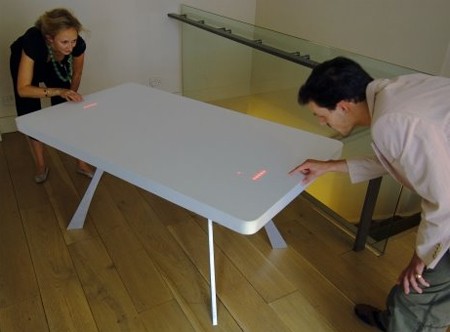
There are few things that are enduring and axiomatic in life, but one of the things on our short list is love of Pong. Designer [Moritz Waldemeyer] apparently shares our obsession: you may remember the LED-lined stage uniforms he designed for OK Go, but this concept for a Pong table is certainly older and arguably several times more awesome.
Uncategorized354 Articles
IKEA Linux Cluster
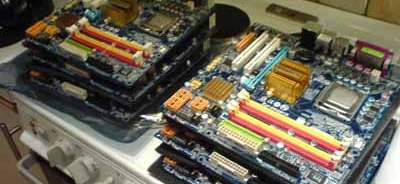
Building a render cluster doesn’t mean you have to spend a lot of money, even if you’re buying brand new hardware. [Janne] built this 6 unit cluster inside of a 6 drawer IKEA Helmer cabinet. He wanted the cluster to be low power and low cost. After finding a good price on 6 65nm Intel Core 2 CPUs, he found 6 cheap Gigabyte motherboards. The memory on each board was maxed at 8GB. With 24 2.4GHz cores consuming 400W, the power consumption and cost isn’t much more than a high end PC. Each board is running Fedora 8 and mounts an NFS share. Dr Queue is used to manage the render farm’s processes. [Janne] says jobs that previously took all night now only require about 10-12 minutes. The estimated capacity is 186Gflops, but plans are already in motion for a12Tflop version.
His site also has plans for an underwater camera housing like our recent post. If you want to see more IKEA abuse, check out IKEA Hacker, even if it’s not very technical.
[via Hackzine]
[UPDATE: yep, we duped ourselves]
Media Streamers: Buy Or Build?
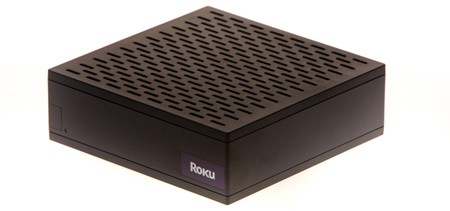
The market is flooded with new media streamers, but which one is for you? One of the cheapest and easiest options is the unambiguously titled Netflix Player. With an active account, the Netflix Player streams movies and television shows from their online library (currently around 10,000 videos). It connects to the internet via 802.11b/g WiFi or ethernet, but delivers low-quality video if your connection speed is less than 1Mbps. It costs $99 plus at least $8.95/mo for a Netflix subscription. It runs Linux so hopefully we’ll see some hacks for it soon like we did with previous Roku products. A fine device, if you want to stream movies and nothing else, but if you want to stream data from other sources, like a network, usb hard drive, or (gasp) bittorrent, you’ll have to look elsewhere.
Toaster Oven Reflow Controller
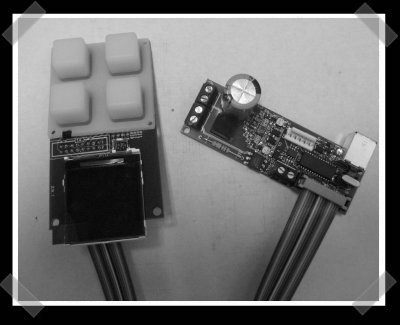
[Nathan] sent in his toaster oven reflow controller. He’s using a Triac to drive the heating elements, a thermocouple to monitor temperature and a PIC controller to run the show. I’m giving him extra points for style on the control pad. Hopefully he’ll have time to put out a complete write up when he’s got it finished. You can check out the project photos here.
Wine Cellar Monitoring

I’ve been getting back into wine, and ran across this handy one wire wine cellar monitor. Aside from the usual iButton air temp sensor, they built a simple immersed 18S20 sensor to monitor liquid temperature as well. (I’d toss some sulfites in the water to prevent mold) To keep an eye on air conditions, they used a TAI8540A humidity probe. Looks like just the thing for the geek wine cellar.
PID Controlled Popcorn Popper Coffee Roaster
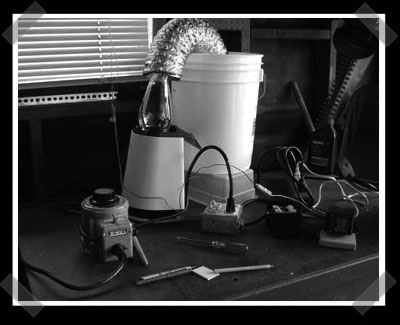
In honor of my espresso machine being fully plumbed in (water supply and drain line!) it’s time for another coffee hack. When I wrote my basic coffee roaster how-to, I seriously thought that I’d never see anyone do this, but [] installed a programmable PID controller on his popper coffee roaster setup. This particular PID can be programmed to ramp the temperature over time to create an actual roasting profile, rather than manually adjusting the set points. The original page was here, but I had to pull it out of the internet archive.
ToorCon 9: Real World Fuzzing
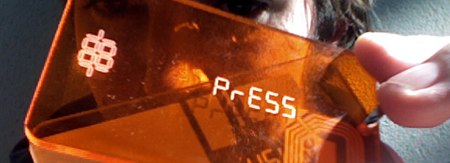
We dropped in on [Charlie Miller]’s fuzzing seminar at the end of the day yesterday. Fuzzing become a fairly popular topic in the last year and essentially involves giving a program garbage input, hoping that it will break. If it can’t handle the fake data and fails in a non-graceful fashion, you could have found a potentially exploitable bug. Fuzzing is a fairly simple idea, but as Charlie points out, without some thinking while you’re doing it it’s unlikely to be very productive.











